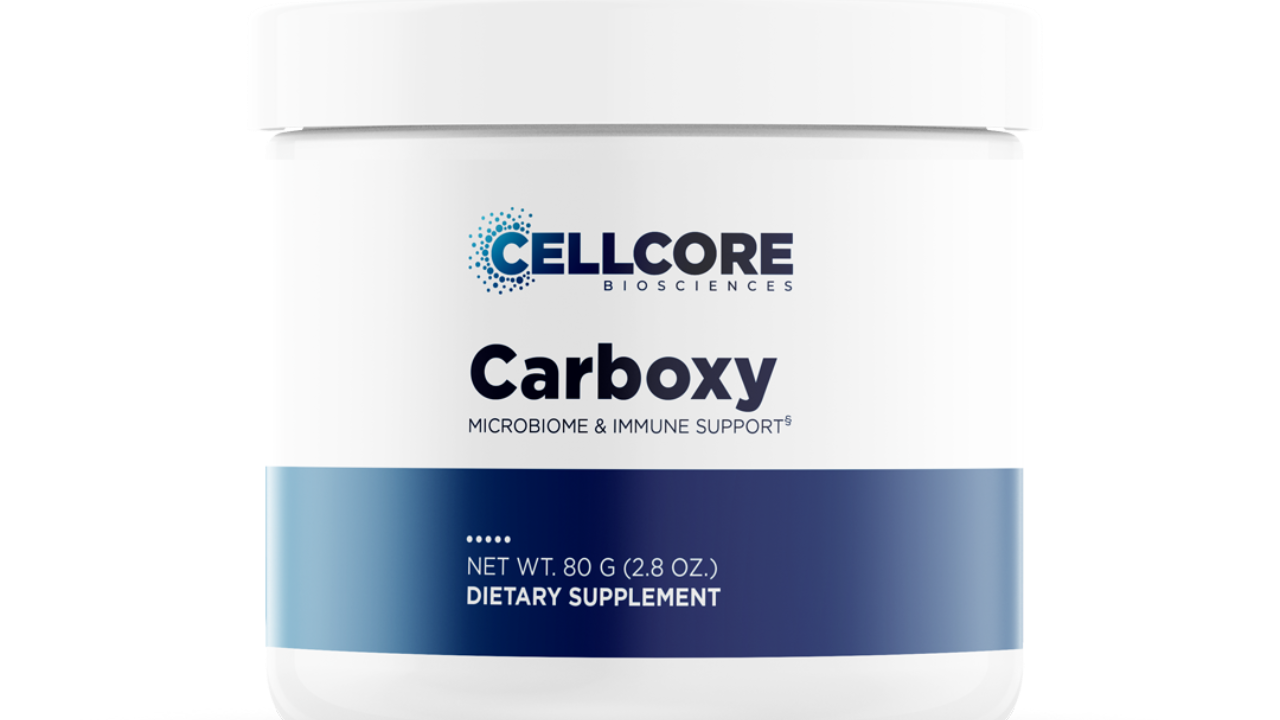
What About Binders?
Toxin Binders: Old School vs. Modern Solutions
For centuries, healers have used natural substances to bind and remove toxins. They were used for poisonings, infections, and other exposures. Today, functional medicine practitioners still rely on binders to help remove pesticides, heavy metals, mold toxins, and other environmental pollutants that overload the brain, gut, and nervous system.
But here’s the truth: not all binders are created equal. Some only work under specific conditions. Some are limited to the gut and don’t touch toxins stored in your tissues. Others even strip away nutrients your body needs.
Let’s break down the most common “old-school” binders, their strengths, and their limitations and why modern approaches to binding take things further.
1. Activated Charcoal
-
Used for centuries, still used in emergency rooms for overdoses.
-
Made from carbon sources like coconut shells, then heated to create pores that trap toxins.
-
Binds some drugs, mold toxins, and pesticides.
Limitations: Doesn’t bind heavy metals well, only works in the gut, binds nutrients, can cause constipation, and is time-sensitive.
2. Bentonite Clay
-
Absorbent clay formed from volcanic ash.
-
May bind some mold toxins, pesticides, and metals like cadmium and lead.
Limitations: Binding depends on pH; questionable effectiveness against certain mold toxins; may interfere with calcium or thyroid hormones; possible gut irritation at higher doses.
3. Chitosan
-
Made from the shells of crabs and shrimp.
-
Binds some mold toxins and heavy metals; may act as a prebiotic.
Limitations: Effectiveness varies with pH, may cause issues for people with shellfish allergies, inconsistent results.
4. Chlorella
-
Blue-green algae with nutrients and fiber.
-
Shown to help reduce dioxins (industrial pollutants) and increase mercury excretion slightly.
Limitations: Weak against many heavy metals, effectiveness depends on the strain, possible contamination risks, and may carry inflammatory compounds.
5. Diatomaceous Earth (DE)
-
Powder made from fossilized algae shells.
-
Sometimes added to livestock feed to reduce mold toxins.
Limitations: Limited evidence in humans; effectiveness depends on pH; may cause harm if inhaled; not proven for mold or heavy metals in people.
6. Modified Citrus Pectin
-
Derived from citrus peel fiber, broken down for easier absorption.
-
Shown to increase excretion of lead, cadmium, and arsenic.
Limitations: Small studies, variable quality depending on processing, not proven for mold toxins or pesticides.
7. Prescription Binders
-
Cholestyramine and colesevelam: cholesterol drugs also used to bind mold toxins.
-
Bind bile and the toxins carried in it.
Limitations: Can cause bloating, constipation, nutrient depletion, medication interactions, and are often formulated with additives.
*Compounding pharmacy can make clean binders, they taste like sand.
8. Silica Gel
-
Used in Europe for gut infections and food poisoning.
-
Binds some bacterial toxins and possibly aluminum.
Limitations: Only works in the gut; limited detox scope; must be taken away from medications.
9. Zeolites
-
Natural minerals made of silica, oxygen, and aluminum (safe in this form).
-
Excellent at binding heavy metals and toxins without depleting nutrients.
-
Clinoptilolite zeolite, especially in micronized form, is considered the most effective.
The Evolution of Binding
Old-school binders have their place. They can help in specific situations, but they’re often limited only working in the gut, binding a narrow range of toxins, or pulling out nutrients along with the toxins.
Modern, carbon-based binders take binding further:
-
They work systemically, not just in the gut.
-
They carry a strong electrical charge, making them powerful “magnets” for toxins.
-
They don’t strip your body of nutrients.
-
Some even support cell and tissue repair alongside toxin removal.
Takeaway
Binding toxins isn’t new humans have been doing it for hundreds of years. What’s changed is our exposure: more chemicals, more pollutants, more chronic illness driven by overload.
If you’re working on brain health, nervous system regulation, or recovery from chronic stress and burnout, binders can play a key role in your detox strategy. But choosing the right one matters.
At Ilios Health, we combine modern science and timeless principles to help you clear toxins safely, while supporting your body’s ability to repair and restore.

